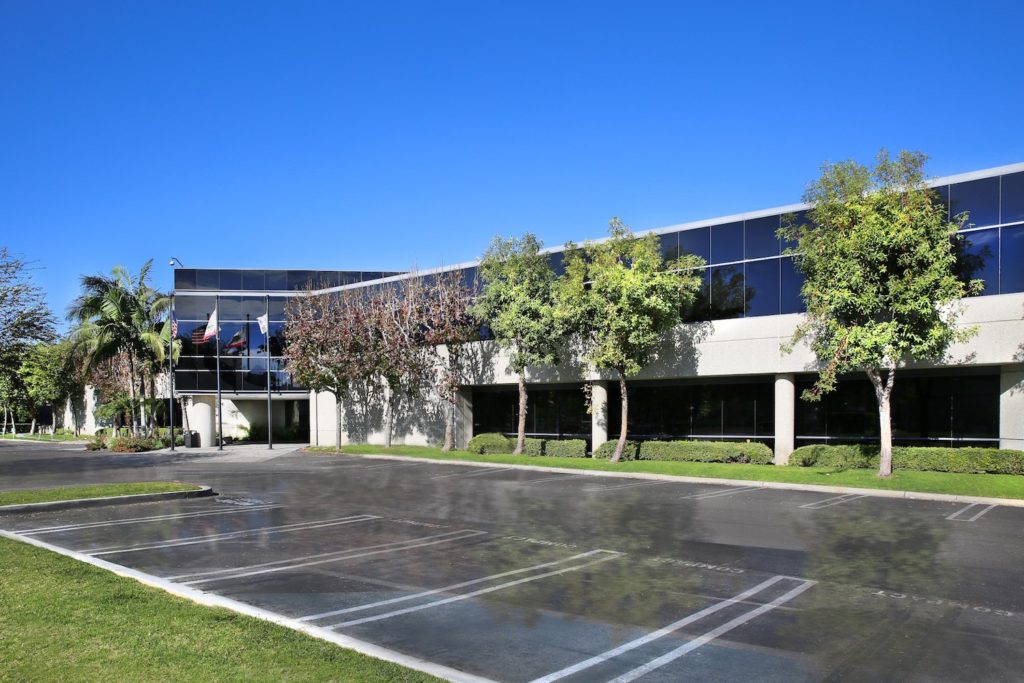In a surprising turn of events, the much-hyped second round of funding for the Paycheck Protection Program (PPP), has captured a lot less interest from borrowers than was expected.
After the first $350 billion dollars in funding was gobbled up in a matter of days, the federal government responded with another $310 billion that many thought would disappear just as quickly. That has turned out not to be the case.
In two full weeks after the second round became available, roughly 40% of that $310 billion remains available, according to the Small Business Administration (SBA). There are a number of possible reasons why that is the case. Let’s take a quick look.

First off, loan forgiveness for PPP loans requires 75% of a company’s payroll employees to be in place and 75% of the borrowed funds must be spent on payroll in the 8 week period following the origination date of the loan. For businesses who have furloughed their workforce, they would have to rehire their employees while their business revenues are essentially shutdown, to qualify for loan forgiveness. And, in many instances, the unemployment benefits of those furloughed workers exceed their full time wages. So, ironically, it may make more sense to pass on the PPP loan and let unemployment benefits cover payroll until businesses can open in earnest.
Secondly, many small businesses have other expenses that far exceed payroll expenses. Under current guidelines a business owner who diverts the proceeds of a PPP loan to rent and utilities will have to pay that full amount back over 2 years at an interest rate of 1%. That’s still a heck of a deal, but without the forgiveness component, it is a less compelling proposition, and the short amortization period will make for some hefty monthly payments when they commence 6 months after loan origination.
Thirdly, competition for the available funds has become less intense. Larger operations, including some publicly traded companies, gobbled up the lion’s share of the first $350 billion, elbowing mom and pop operators out of the way because of their clout with their banks. The media backlash was immediate and intense, prompting several well-known brands to send their loan proceeds back to stay out of the headlines.
That has scared off businesses at the higher end of the 500 employee limit and leaves more for everyone else. The SBA reported last week that the average PPP loan has come down to just $79,000 in the week of April 27th through May 1st, versus over $206,000 during the first phase that ended on April 16th. Currently, loans under $50,000 make up 71% of all loans issued.

So, if a business cannot see a path to forgiveness based on current rules, is it still a good idea to secure a PPP loan. We say yes. The main reason: it never hurts to have a little extra dry powder, just in case. Proceeds from a PPP loan do not have to be spent and they can be paid back without penalty or time constraints. And, if a business does tap the proceeds as a resource, the interest rate of just 1% just can’t be beat. If nothing else, PPP loans are a great supplement to operating lines of credit.
One more thing: there is a lot of talk coming out of Washington, especially in the Senate, to change the forgiveness rules to accommodate those businesses who don’t count payroll as their largest expense. We don’t have a timeline on this, but it would sure come in handy to have the loan proceeds in the bank while you wait for the rules to change in your favor. If they don’t, you can always send the money back.
The situation is fluid and we don’t have all the answers right now. But, we are following the situation closely and will report back as we learn more. In the meantime, if you haven’t applied for your PPP loan, this might be a good time to do so, just in case.


Leave a Reply
You must be logged in to post a comment.